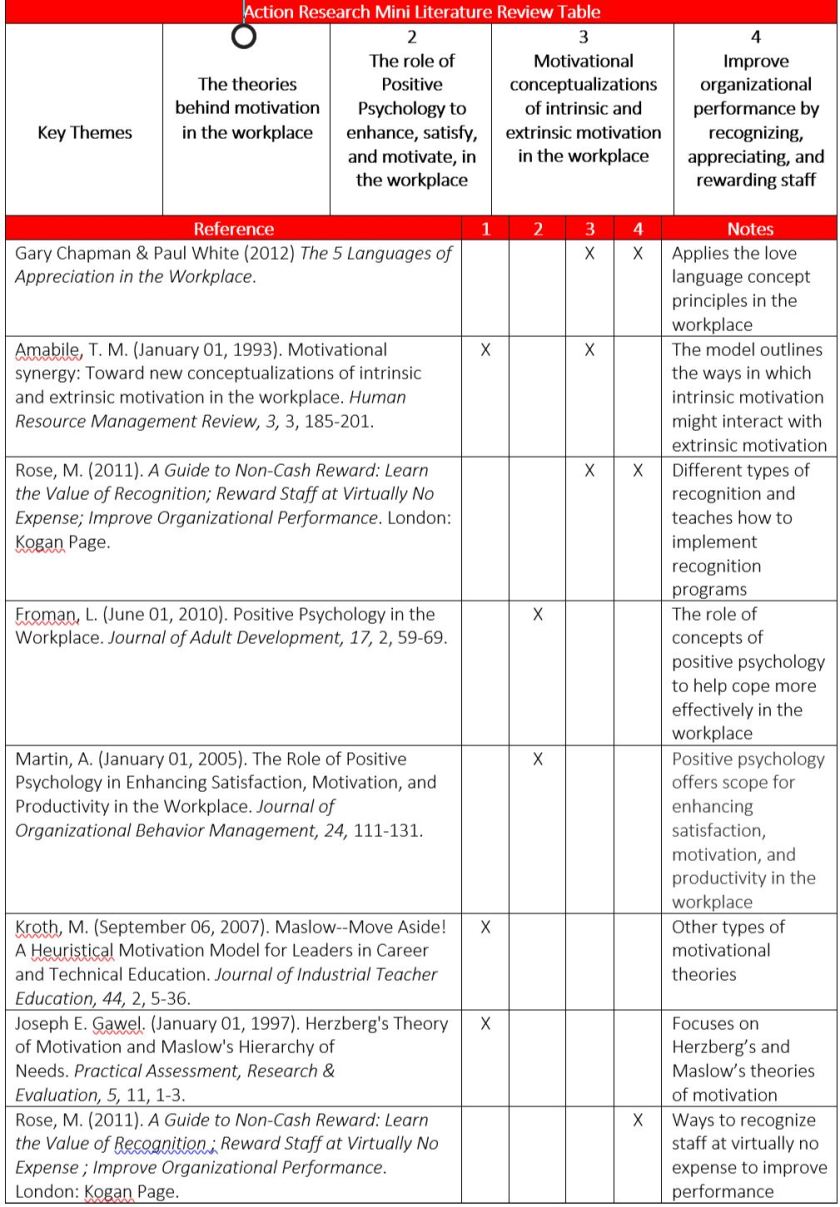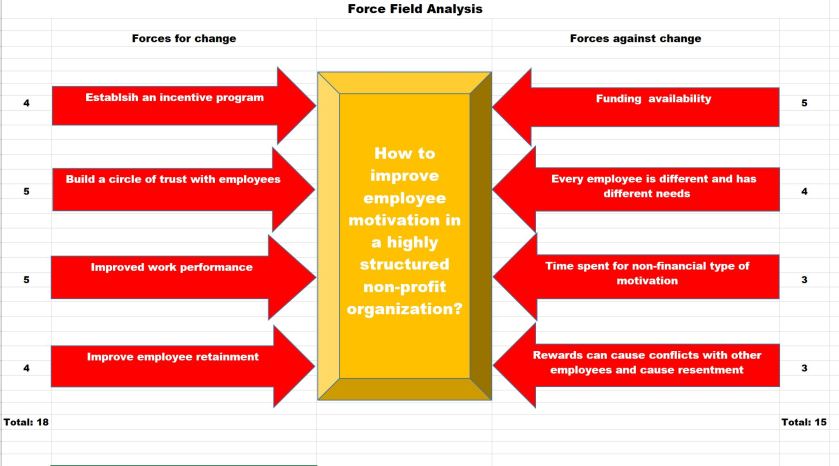I have come to understand the exciting venture action research can become when researching in your own organization. Unforeseen implications and challenges have come my way just to get to my first cycle complete. These challenges have to do with the unpredictable instances that occur in a busy workplace like mine.
For my first cycle, I am planning to do a data analysis of an employee satisfaction survey that was conducted last summer for the Quality Services Staff in my department. This data is very important because it will help me measure how employees felt and what was done afterward before I transitioned into that department which will help me act, reflect on the action and then act again in a new way so that I can then formulate another survey to conduct after and then commence my second cycle for the purpose of improving our employee’s motivation.
Unfortunately, as of today, I have not been able to gather the data of this survey because of the following issues that have occurred in my department. First, my permission to utilize the data from that previous employee satisfaction survey was put on hold because my boss, the Director, had to undergo an emergency surgery and was out for 3 weeks. Second, we lost one supervisor a month and a half ago, which led to more work on my part because I had to take on more responsibilities and more staff to look over. I went from supervising 14 staff members to 20. Once my boss came back from her surgery, I promptly met with her to remind her of the survey data that I had to obtain. She then told me that I needed to get permission from her boss just to make sure that I can utilize that data. Last week, my boss informed me that her boss, the COO, told her that I needed permission from the CEO. Therefore, I met with the CEO last Friday and was given permission verbally. He asked me to send him an email to explain the reasons for the use of that data and he would respond with an approval so that I can retrieve that data and move forward with my first cycle. I should have that information by the end of tomorrow (Monday) and will move full force with it.
I can say that at this moment, I am feeling stressed because I had everything planned out a certain way and it has turned out a different way. I know that once I get that data, my first cycle will be complete and I will conduct the post survey next week based on my findings to do the second cycle and that should bring me some piece of mind. My third and last cycle, based on my findings of cycle 2 will more than likely be a focus group.
I look forward to making changes in my department with the purpose of improving employee morale and increasing employee motivation with the methods I learned by doing all the research. This is so much needed due to all the changes happening from Supervisors leaving to our CEO who is temporary because our former CEO of one year resigned. All of these changes can make employees feel uneasy, decrease employee morale and motivation. I am hopeful that this action research assignment will be a success for our department.






